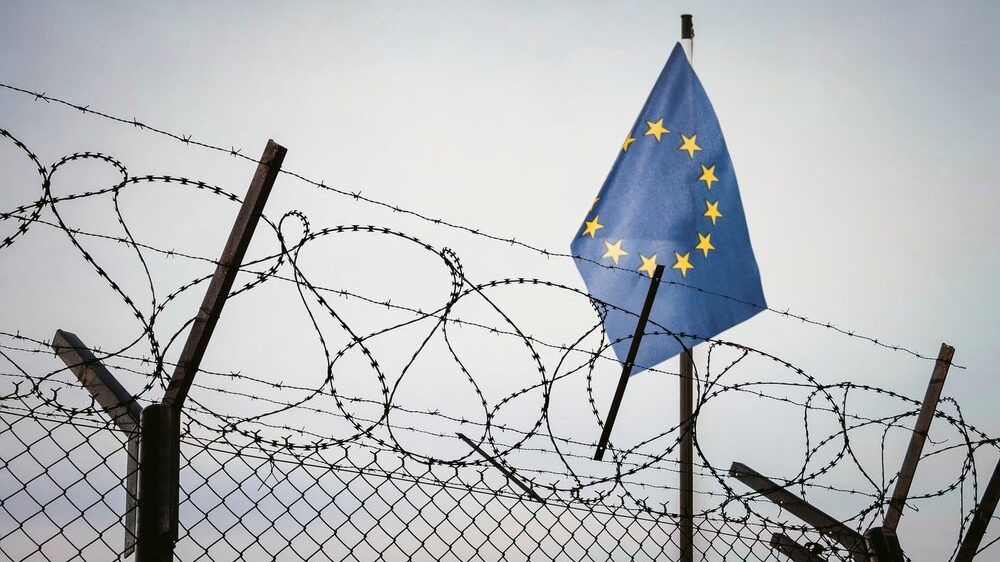
Seven European countries released a joint statement calling for “structural reforms” of the Dublin system on Wednesday, March 8th. The participating states seek stricter asylum laws and a more balanced framework to limit illegal migration and ramp up returns.
In particular, the current framework needs reforms “with the aim of reducing irregular flows, fostering quick asylum decisions and returns and providing for a much stronger and balanced responsibility and solidarity system,” the document reads.
The statement was released by six EU member states (including Austria, Belgium, Denmark, France, Germany, and the Netherlands), as well as the Swiss Confederation—all signatories of the Dublin Regulation, under which asylum claims need to be examined in the first country that migrants arrive in.
The main problem for these countries is that the Dublin system doesn’t work as intended, as asylum seekers often travel further into Europe to the more economically advanced member states to apply for protection there. This, in turn, creates an imbalance between the EU members, and those with the highest number of refugees now seek to reinforce the Dublin framework’s shared responsibility aspect.
“The implementation of the Dublin rules has, especially in the context of increased arrivals to the Schengen area … become more and more complex and consequently inefficient in practice,” the statement said. The participants, therefore, agreed that
the resulting implementation gap affects both the Dublin States spending considerable resources and efforts enforcing EU law, and asylum seekers in need of clarity about their individual rights, obligations and status, and ultimately constitutes a risk that public trust in European solutions may weaken.
The statement was released just ahead of the EU Council meeting involving the bloc’s home affairs ministers on Thursday, March 9th. The meeting’s main concern was discussing the details of the EU’s proposed new Immigration and Asylum Pact, which will also have to deal with the apparent problems of the Dublin system.
As migration is becoming an increasingly important question, EU officials feel under pressure to find common ground on the Asylum Pact as soon as possible for it to be implemented before next May’s European elections. There is a “strong commitment from almost all ministers to adopt the whole pact before the end of this mandate,” Ylva Johansson, the European Commissioner for Home Affairs said after the meeting.
Johansson also said that the Commission is prepared to present its “integrated border management strategy” next week, which also aims to address the main bottlenecks that make it possible for asylum seekers to submit applications in more than one country.
Across the bloc, EU countries struggle to keep up with the increased flow of illegal and irregular migration. Not including Ukrainian refugees, the European Union registered nearly one million new asylum applications last year, one-fifth of which were submitted by people coming from countries with visa-free status, which Johansson described as an “abuse of the system.”
The consensus of EU members seems to be stronger than ever that these challenges must be dealt with, and quickly. Last month, France and Italy began to seek North African partnerships to tackle illegal migration through the Mediterranean; Sweden has been exploring ways to foster migrants’ “voluntary return” to their home countries; and even the Commission has agreed to de facto fund border fences and other protective infrastructure along the EU’s external boundaries.
However, only the new Immigration Pact can bring about truly comprehensive solutions, but the complexity of the issue slows down the entire negotiation process. To keep the schedule, the Council would need to come to an agreement on the Pact at its next meeting in June—only then can it start negotiating it with the Parliament.
